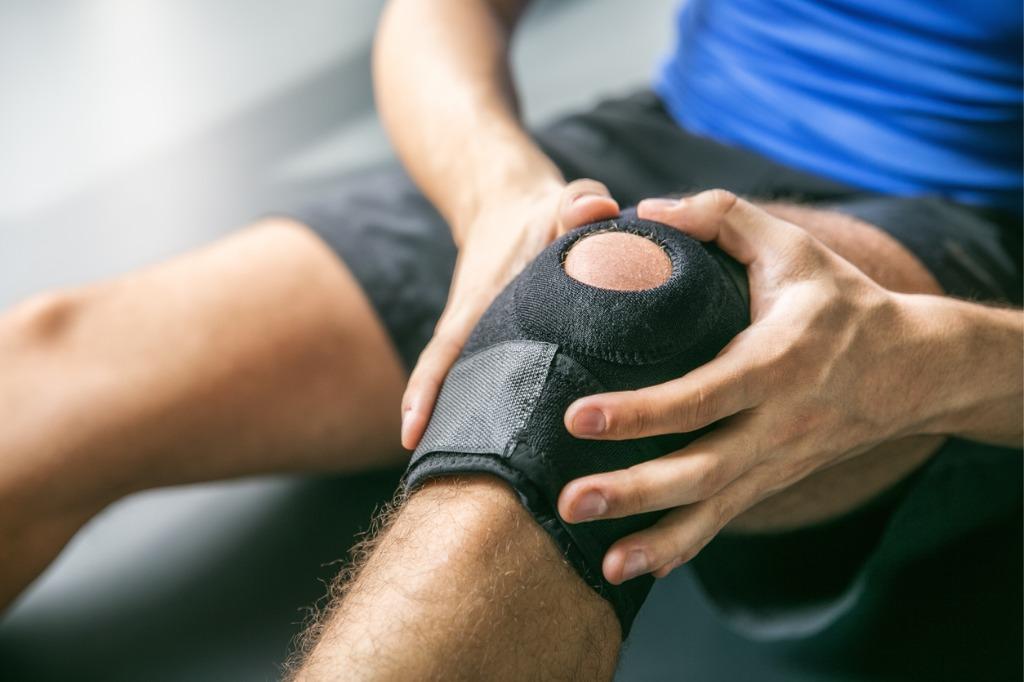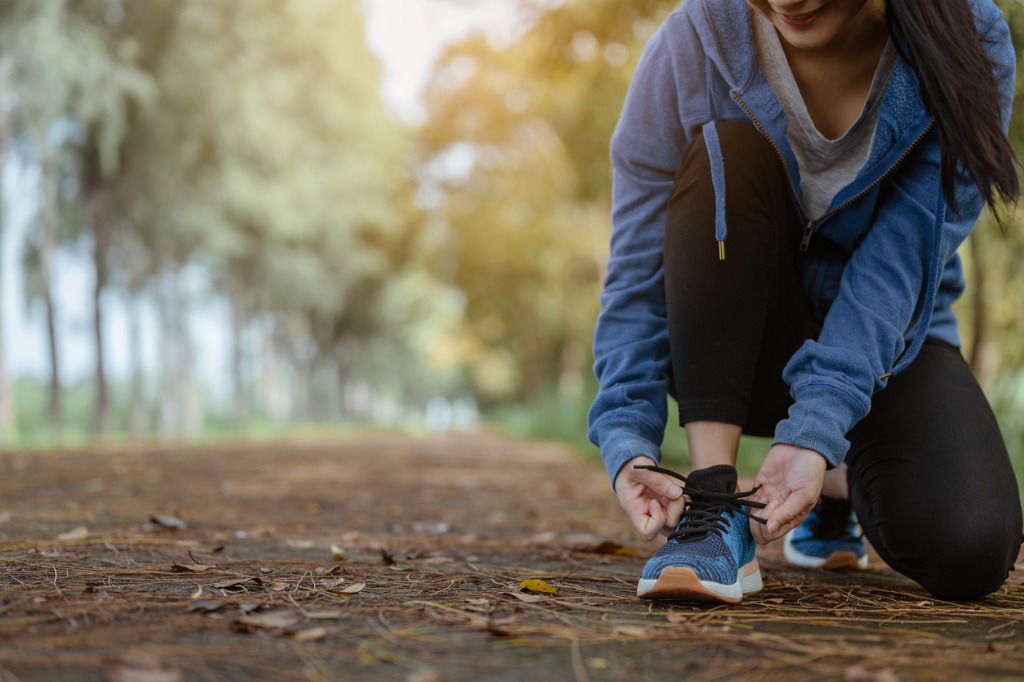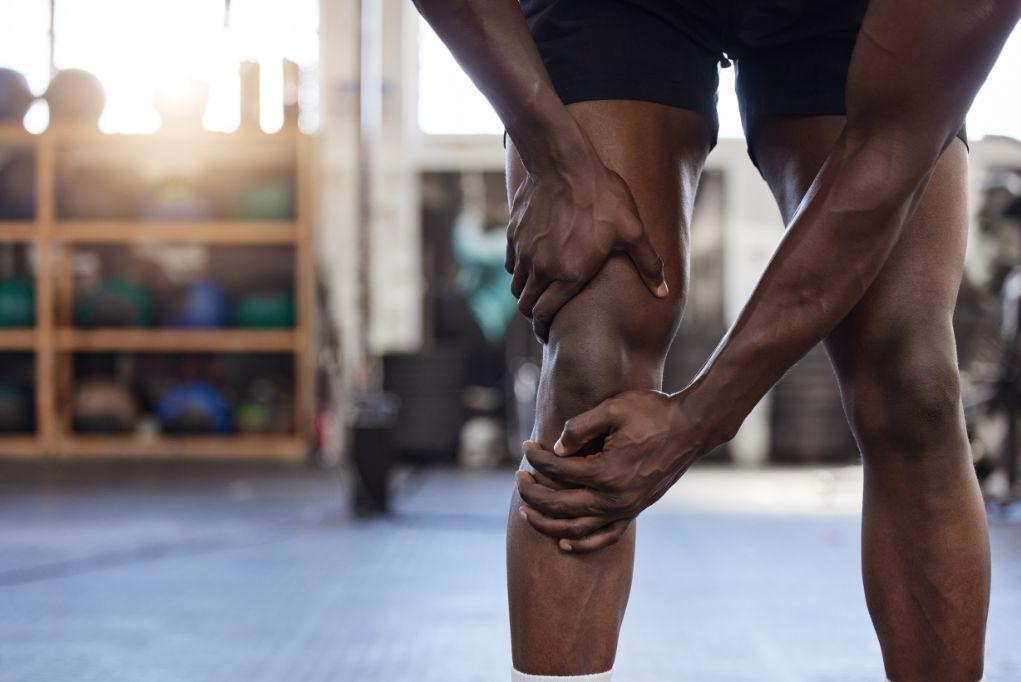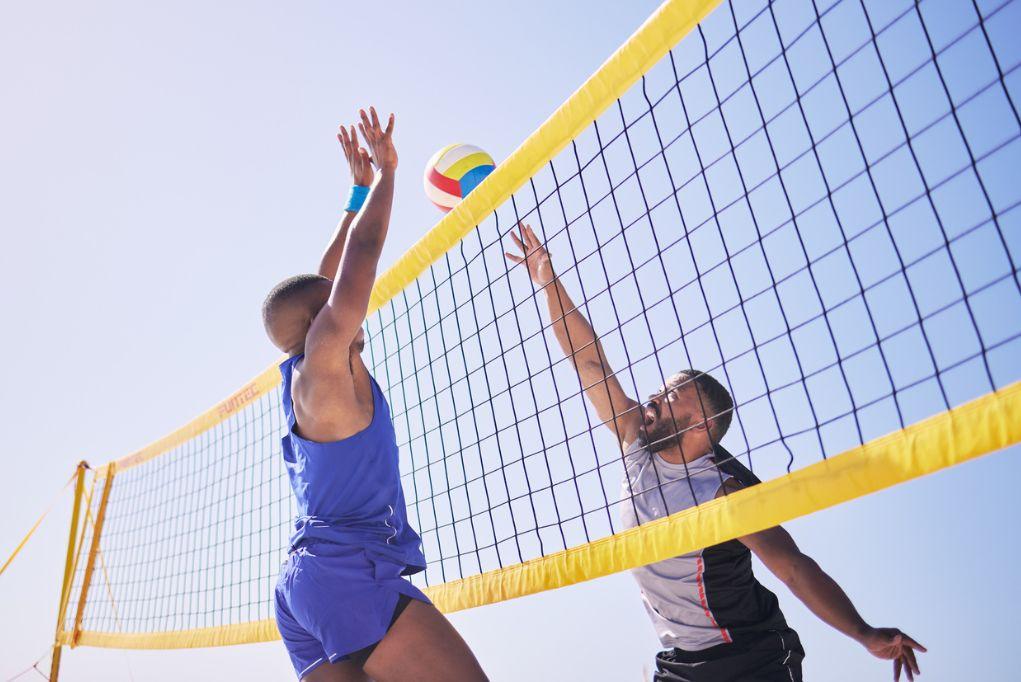Top 6 Overuse Injuries in Sports Medicine

Top 6 Overuse Injuries in Sports Medicine
If you’re an athlete, you know that an injury can turn an excellent season into a mediocre one. Overuse injuries are among the most common injuries in sports medicine. They can be difficult to overcome and may lead to chronic pain if not treated promptly. As an athlete, longevity is a key factor in a successful performance on the field. Even if you’re not a professional athlete but enjoy playing sports recreationally, taking care of your body is essential. Therefore, it’s important to be aware of the most common overuse injuries and how to treat them.
6 Common Overuse Injuries To Be Aware Of
An overuse injury develops over time and comes on gradually. However, its symptoms may be felt suddenly because the tissue has reached its breaking point. Regardless of whether the symptoms of an overuse injury come on suddenly or gradually, they share one commonality: they’re the result of repetitive motions.
Overuse injuries can sideline athletes for the better part of a season if not properly treated. Nevertheless, overuse injuries are often preventable with the proper precautions. The following are some of the most common overuse injuries seen in sports medicine:
1. Medial Tibial Stress Syndrome
Medial tibial stress syndrome, more commonly known as shin splints, is often seen in runners. Shin splints are the result of overworked muscles and tendons around the shin. This may be caused by running on hard surfaces, wearing improper shoes, or having flat feet. The pain associated with shin splints is often a dull ache that worsens with activity. However, the pain should subside during rest. If you’re experiencing shin pain, be sure to ice the area and take a few days off from running. Using arch supports, stretching, and taking pain relievers such as ibuprofen may also help. If the pain persists, a physical therapist can help you develop a treatment plan.
2. Plantar Fasciitis
This condition results from inflammation in the plantar fascia, which is a band of tissue that connects your heel to your toes. You may feel a stabbing pain in your heel or arch, and the pain is often worse when you first wake up in the morning. The pain may also worsen after standing or sitting for long periods of time. While conservative treatments such as stretching, ice, activity modification, and orthotics may be enough to treat plantar fasciitis, some cases may require steroid injections or surgery.
Plantar fasciitis is common in athletes who run long distances or participate in high-impact sports such as basketball. However, non-athletes may also develop plantar fasciitis. If you’re experiencing heel pain, be sure to consult with a medical professional to rule out other potential causes of your pain, such as a stress fracture.
3. Achilles Tendinitis
Your Achilles tendon is the strongest tendon in your body. It connects your calf muscle to your heel bone and helps you push off when you walk or run. Achilles tendinitis is the result of overuse and inflammation of this tendon. The symptoms of Achilles tendinitis include:
- Heel pain
- Ankle pain
- Leg weakness
- Tenderness in the Achilles tendon
- Swelling
Running uphill, participating in high-impact sports, and suddenly increasing the intensity of your workouts may put you at risk for Achilles tendinitis. To diagnose Achilles tendinitis, your doctor will likely ask you about your symptoms and perform a physical examination. They may also order imaging tests to confirm the diagnosis. Treatment for Achilles tendinitis typically begins with conservative measures such as the RICE method and non-steroidal anti-inflammatory drugs (NSAIDs). If these treatments don’t work, your provider may recommend surgery to resolve the issue.
4. Runner’s Knee
Dull pain in the front of the knee (patella) is a strong indication that you may have runner’s knee. The patella is where the knee and femur (thighbone) meet and is what allows us to extend our legs. Runner’s knee is often the result of overuse, tightness in the hamstring muscles, weak thigh muscles, or poor foot support. The pain associated with runner’s knee typically gets worse when you’re participating in activities such as running, stair climbing, or squatting.
You may notice a grinding, popping, or clicking sound when you move your knee, and your kneecap may be tender to the touch. Wearing supportive shoes, using a proper running form, and stretching before exercise are great ways to help prevent runner’s knee. Treatment options for runner’s knee include:
- Resting
- Using ice or a cold compress
- Elevating your leg
- Taking over-the-counter pain relievers such as ibuprofen or acetaminophen
- Wearing a knee brace
- Physical therapy
5. Tennis Elbow
This overuse injury often occurs when the tendons in your elbow are strained from repetitive motions. Contrary to its name, you don’t need to play tennis to develop tennis elbow. Any repetitive motion that puts stress on the tendons in your elbow may cause this condition. The symptoms of tennis elbow include:
- Elbow pain
- Weakness in the forearm muscles
- Tenderness or numbness in the hands or wrists
- Pain that gets worse when gripping objects
- Radiating pain down the arm
If you develop tennis elbow, it may be due to poor form when participating in activities such as weightlifting, gardening, cooking, playing tennis, or painting. Tennis elbow is usually treated with a combination of rest, ice, and over-the-counter pain relievers. If these conservative treatments don’t work, you may need to see a medical professional for more personalized treatment options.
6. Osteoarthritis
Osteoarthritis (OA), also known as wear-and-tear arthritis, is the most common type of arthritis affecting over 32.5 million US adults. It occurs when the cartilage that cushions your joints breaks down over time. OA most often affects the hips, hands, and knees. Overuse and joint injuries increase your risk of developing OA. The symptoms of osteoarthritis include:
- Joint pain
- Joint stiffness
- Swelling and inflammation
- Loss of range of motion
- Bone spurs (extra bone growths)
To diagnose osteoarthritis, your doctor will likely ask you about your symptoms and perform a physical examination. They may also order imaging tests such as X-rays or MRIs to confirm the diagnosis. While there is no current cure for OA, staying active, wearing orthotics, and visiting a physical therapist may help slow the progression of the disease and ease symptoms. In some cases, your doctor may also recommend medications and surgery to help manage your pain.
Stay in Peak Condition With Motion Orthopaedics
At Motion Orthopaedics, we specialize in preventing, diagnosing, and treating overuse injuries. Our providers are experts in sports medicine and will assist you in getting back to your peak performance. Whether you’re a weekend warrior or a professional athlete, we can create a treatment plan that’s right for you. Contact us today to schedule an appointment. We look forward to helping you get back in the game.




